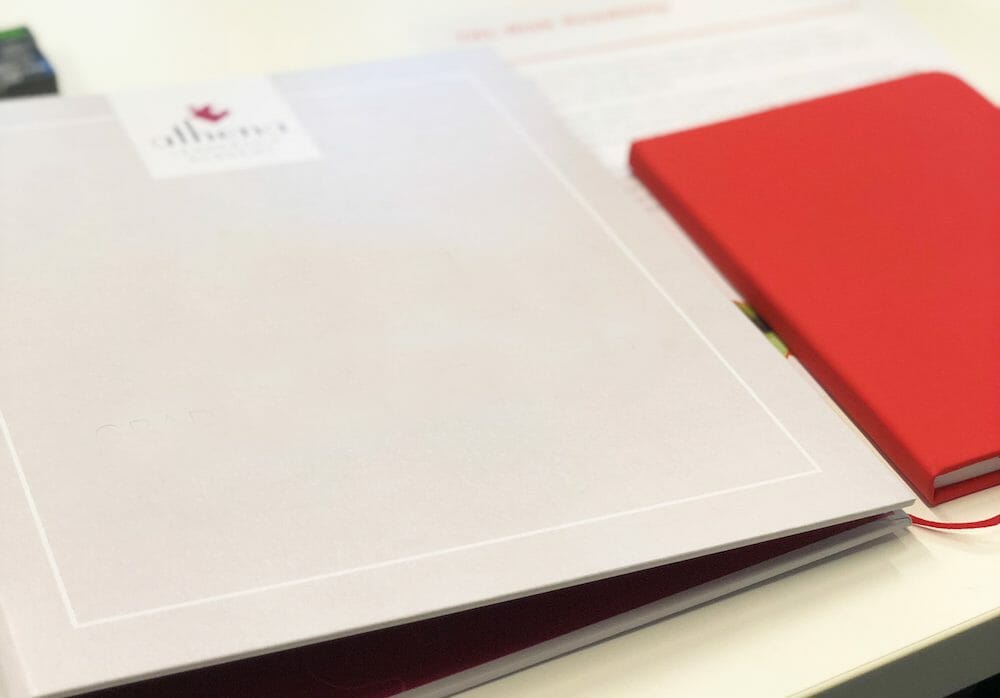
In my last post, we discussed the PIP and the idea of incorporating a blend of development techniques into the plan. Blended learning is now recognised as an important and efficient method of development.
Are you familiar with the 70/20/10 approach to learning?
The model is based on the knowledge that most adult learning actually comes from experience rather than formal study.
What it looks like:
70% of learning would come through doing – trial and error.
If you look back over your life or your career, you’ll know that the best lessons came through experience.
For example, you learnt not to put your hands into a flame because it burns. Or not to put unleaded petrol into a diesel vehicle because it stops working. You learn how to use a computer by playing with it – experimenting to see what happens when you push that button! Experience is the best teacher, they say. It’s true. That’s why this is called Experiential Learning.
20% of learning would come from coaching or feedback from others.
This can be called Social Learning because we often gather knowledge by asking others for answers. Perhaps you learnt to cook by making things with your grandmother’s guidance. Perhaps you worked out how to use the vending machine in the cafeteria by watching someone in front of you. Or perhaps you find answers to your questions on Google or Quora. This is a way of learning that is done on the spot.
10% of learning would be Formal Learning.
This means through online or face-to-face training or guided research. Think back to those long, boring University lectures you’ve sat through!
For example, when we learn to drive a car, we do it through practise (experience), with the guidance of an instructor (social) but we can’t get our licence without knowing the road rules (formal learning).
Each type of learning is important in well-rounded personal and professional development.
Does blended learning work?
Yes, it does.
I found these figures at SkillsHub, showing that companies that use the 70/20/10 model of learning are:
- 4 X more likely to respond faster to business change (30% vs 7%)
- 3 X more likely to report improvements in staff motivation (27% vs 8%)
- 2 X more likely to report improvements in customer satisfaction scores (42 % vs 8%)
The 70/20/10 model of blended learning is a fabulous development approach that caters to the different learning styles. It works because it integrates into the flow of work, and lets people learn without interrupting their work. They get information exactly when they need it so it can be put into practice, and retention of learning is high.
I invite you to download a copy of the 70/20/10 model and learn a little more about it. In my next post, we can explore the model together.





